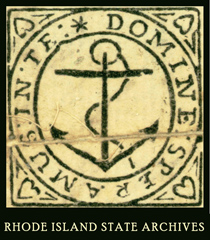Historical note
The Civilian Conservation Corps (CCC) was a public work relief program for unemployed men, focused on natural resource conservation from 1933 to 1942. As part of the New Deal legislation proposed by U.S. President Franklin D. Roosevelt (FDR), the CCC was designed firstly, to aid relief of high unemployment stemming from the Great Depression and secondly, to carry out a broad natural resource conservation program on national, state and municipal lands. Legislation to create the program was introduced by FDR to the 73rd United States Congress on March 21, 1933, and the Emergency Conservation Work Act, as it was known, was signed into law on March 31, 1933.
The CCC became one of the most popular New Deal programs among the general public and operated in every U.S. state and the territories of Hawaii, Alaska, Puerto Rico and the Virgin Islands. Members lived in camps, wore uniforms, and lived under quasi-military discipline. At the time of entry, 70% of enrollees were malnourished and poorly clothed. Very few had more than a year of high school education; few had work experience beyond occasional odd jobs. The peace was maintained by the threat of "dishonorable discharge." There were no reported revolts or strikes.
The total of 200,000 black enrollees were entirely segregated after 1935 but received equal pay and housing. Secretary of the Interior Harold Ickes pressured Director Robert Fechner to appoint blacks to supervisory positions such as education directors in the 143 segregated camps. The separate Indian Division was a major relief force for Native Americans.
Initially, the CCC was limited to young men age 18 to 25 whose fathers were on relief. Average enrollees were ages 18-19. Two exceptions to the age limits were veterans and Indians, who had a special CCC program and their own camps. In 1937, Congress changed the age limits to 17 to 28 years old and dropped the requirement that enrollees be on relief.
Although the CCC was probably the most popular New Deal program, it never became a permanent agency. The last extension passed by Congress was in 1939. The CCC program continued to be reduced in operations as the Depression waned and employment opportunities improved. Also fewer eligible young men were available after the draft commenced in 1940. Beginning in May 1940, as war raged in Europe, the program began a shift toward national defense and forest protection. Following the attack on Pearl Harbor in December 1941 all federal programs were now focused on the war effort. The CCC disbanded one year earlier than planned, as the 77th United States Congress ceased funding, causing it to formally conclude operations at the end of the fiscal year on June 30, 1942. Liquidation of the CCC was ordered by Congress by Labor-Federal Security Appropriation Act (56 Stat. 569) on July 2, 1942; and virtually completed on June 30, 1943. Liquidation appropriations for the CCC continued through April 20, 1948.


